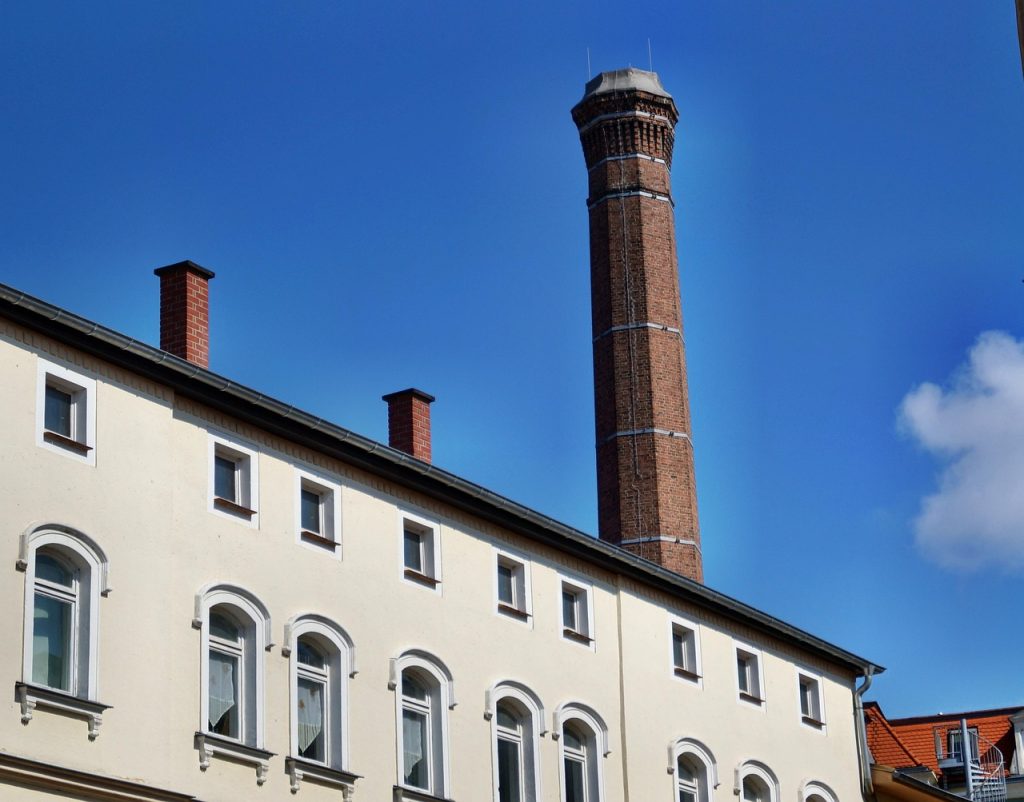The restaurant industry, a sector known for its dynamic nature and relentless demand for innovation, is shining a light on the significant disparities in executive compensation. Among the highest paid CEOs, Brian Niccol of Starbucks stands out as the fifth-highest paid CEO in the U.S. This reveals not only the profitability and influence wielded by restaurant giants but also the stark contrast between executive earnings and those of the average worker as reported by Nation’s Restaurant News.
The data, spotlighted by the American Federation of Labor and Congress of Industrial Organizations, highlights a broader trend in corporate America: the expanding chasm between CEO compensation and worker wages. With some CEOs earning 285 times more than their employees, and in extreme cases, ratios soaring to 6,666 times, it challenges the industry’s narrative of community and equality. These figures underscore an urgent call for transparency and balanced wealth distribution within the corporate hierarchy.
As consumers increasingly advocate for ethical practices and fair wages, the restaurant industry faces a pivotal moment. How will companies reconcile these disparities while maintaining their competitive edge? This sets the stage for a deeper conversation on sustainable business practices and corporate responsibility. Can the industry pivot towards a model that values its workforce as much as its leadership, and if so, what innovative strategies will emerge to bridge this gap?


